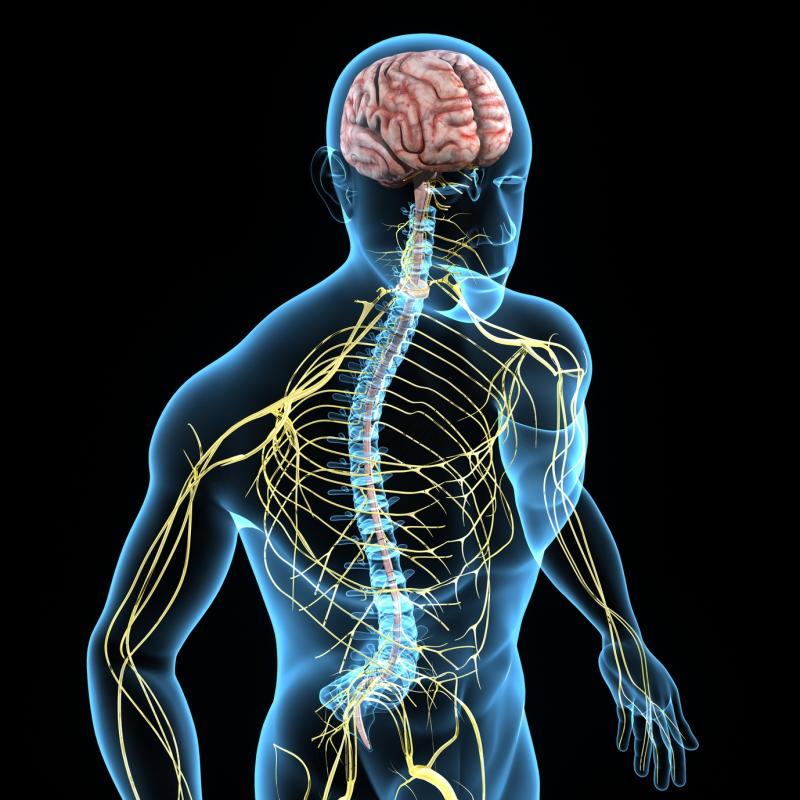
Neurologic manifestations appear to be relatively common among patients with the coronavirus disease 2019 (COVID-19), according to a recent study.
“Patients with severe infection were more likely to develop neurologic manifestations, especially acute cerebrovascular disease, conscious disturbance and skeletal muscle injury,” researchers said. “This study may offer important new clinical information on COVID-19 that would help clinicians raise awareness of its involvement of neurologic manifestations.”
The retrospective, observational case series included 214 COVID-19 patients (mean age, 52.7±15.5 years; 40.7 percent male), more than half of whom had nonsevere infections according to their respiratory status. Fever was the most common presenting symptom of COVID-19. [JAMA Neurol 2020;doi:10.101/jamaneurol.2020.1127]
Involvement of the nervous system were reported in 78 patients. Fifty-three had central nervous system manifestations, such as dizziness, headaches, impaired consciousness and acute cerebrovascular diseases, while skeletal muscular injuries were identified in 23.
Peripheral nervous system symptoms were documented in 19 patients, of which impairments in taste (n=12) and smell (n=11) were the most common.
Nervous system involvement was also significantly more common among patients with severe infections (45.5 percent vs 30.2 percent; p=0.02). This was true for specific manifestations such as acute cerebrovascular diseases, impaired consciousness and skeletal muscle injuries.
One patient with severe COVID-19 had a seizure, characterized as sudden limb twitching, foaming at the mouth and loss of consciousness. The episode lasted for 3 minutes.
Neurologic manifestations also developed early in the disease course, with a median time of 1–2 days to symptom onset. Two patients presented to the emergency department with sudden haemiplegia but had none of the classic COVID-19 symptoms.
“To our knowledge, this is the first report on detailed neurologic manifestations of the hospitalized patients with COVID-19,” the researchers said. “[F]or patients with COVID-19, we need to pay close attention to their neurologic manifestations, especially for those with severe infections, which may have contributed to their death.”
They further explained that SARS-CoV-2 may share its mechanisms of central nervous system invasion with SARS and MERS viruses, finding its way in through the haematogenous or retrograde neuronal routes. The latter may be supported by smell impairments in some of the patients.
However, important shortcomings must be taken note of, including the small sample size and retrospective design, which may limit the quality of conclusions that can be drawn from the current dataset.
Nevertheless, the present study provides additional insight into how COVID-19 progress and how different viral manifestations contribute to a deteriorating clinical state. “It is especially meaningful to learn that for those with severe COVID-19, rapid clinical deterioration or worsening could be associated with a neurologic event such as stroke, which would contribute to its high mortality rate,” the researchers said.
“Moreover, during the epidemic period of COVID-19, when seeing patients with these neurologic manifestations, clinicians should consider SARS-CoV-2 infection as a differential diagnosis to avoid delayed diagnosis or misdiagnosis and prevention of transmission,” they added.